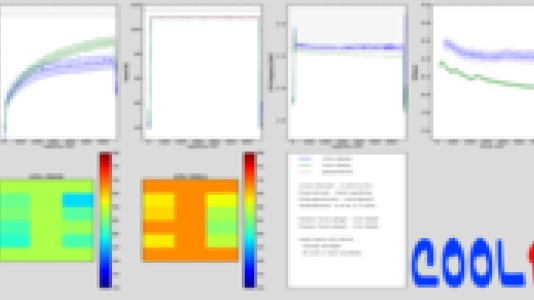
On Sept. 23, 2015, Argonne will host the first annual meeting of COOLR, a DOE-funded project investigating how to utilize modern dynamic processors in order to improve the performance and energy efficiency of high-performance computing (HPC) applications.
As technology scales, process and thermal variations will create performance heterogeneity even in a homogeneous many-core system. Recognizing this situation, one of the solutions (for vendors) is to restrain the rated operating frequency on processors for stability and add a dynamic overclocking feature that allows them to improve performance by opportunistically adjusting the voltage and frequency based on thermal and energy constraints. The gap between dynamically boosted frequency and rated operating frequency keeps widening Processors with such features are already common in processors in a consumer and server system and will be used in Aurora, the next-generation DOE system.
“Our goal in the COOLR project is to develop a dynamic system that can evaluate the interplay between management of computation, data, power dissipation, and thermal state. A question for us is how such a dynamic feature affects HPC applications and how to leverage it. We believe developing new system software is a key,” said Kazutomo Yoshii, a software development specialist and an investigator in the COOLR project. The anticipated outcome is a system that achieves higher overall performance at the same energy and cooling cost.
To achieve this end, Yoshii and other researchers from both Argonne and Northwestern University have been conducting systematic power and thermal modeling of HPC architectures. They have also been collaborating with researchers in another DOE-funded project, Argo, in developing a thermal-aware operating system and runtime.
Topics to be addressed at the COOLR meeting include temperature sensors, thermal prediction, and software for monitoring and controlling dynamic processors.
“In this meeting, an important goal is to develop a shared understanding of what we have done so far and the technical issues and challenges that we need to address to move forward,” said Yoshii.
For those who are interested in the COOLR annual meeting, please contact Kazutomo Yoshii at ky@anl.gov
For more information about COOLR, see the website: http://www.mcs.anl.gov/project/coolr-new-system-dynamic-thermal-aware-computing.
For information about the meeting nd its agenda, see the website: https://collab.cels.anl.gov/display/TPA/COOLR+annual+meeting